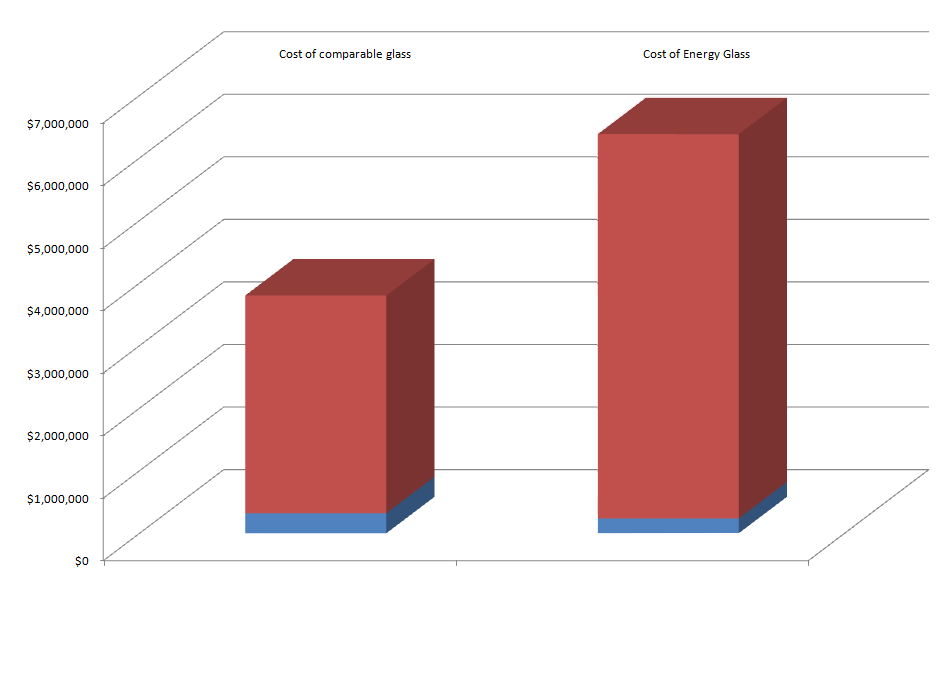
Typical Solar Incentives, Programs and Credits
Global Incentives — Accessible Subsidies
- EnergyGlass is a building integrated pholtovoltaic, “BIPV” and as such accessible to global subsidies, incentives, feed in tariffs and a multitude of other financial drivers.
- The approval of the solar ITC extension moved one industry analyst, Finlay Colville of Solar Intelligence, to proclaim that, “Beyond any shadow of doubt, the US solar market has just been given the most lucrative and government backed seal of approval yet seen in the PV industry.”
- The extension of the solar ITC will keep the tax credit at its current 30% rate through the end of 2032, and then be reduced to 26% in 2033, and then drop down to 22% in 2034.
- Possible USA project financial drivers for EnergyGlass as follows:
- www.dsireusa.org
- PACE Programs: https://www.energy.gov/scep/slsc/property-assessed-clean-energy-programs
- www.floridagreenbuilding.org/incentive
- Power Purchase Agreement (PPA) is a contract between two parties, one which generates electricity (the seller) and one which is looking to purchase electricity (the buyer).
- Independent Power Producers (IPPs) started to sign Power Purchase Agreements (PPAs) with ENEE as early as 1993. Independent Power Producer.A power purchase agreement (PPA) is a legal contract between an electricity generator and a power purchaser (buyer, typically a utility or large power buyer/trader).
- Public utility.As the industry matures, the tariff is reduced to the retail rate and becomes the same as a power purchase agreement. Feed-in tariff
Incentives on a Sample Project

Click for more details related to a sample project
What is PACE Financing?
EnergyGlass can help you get there